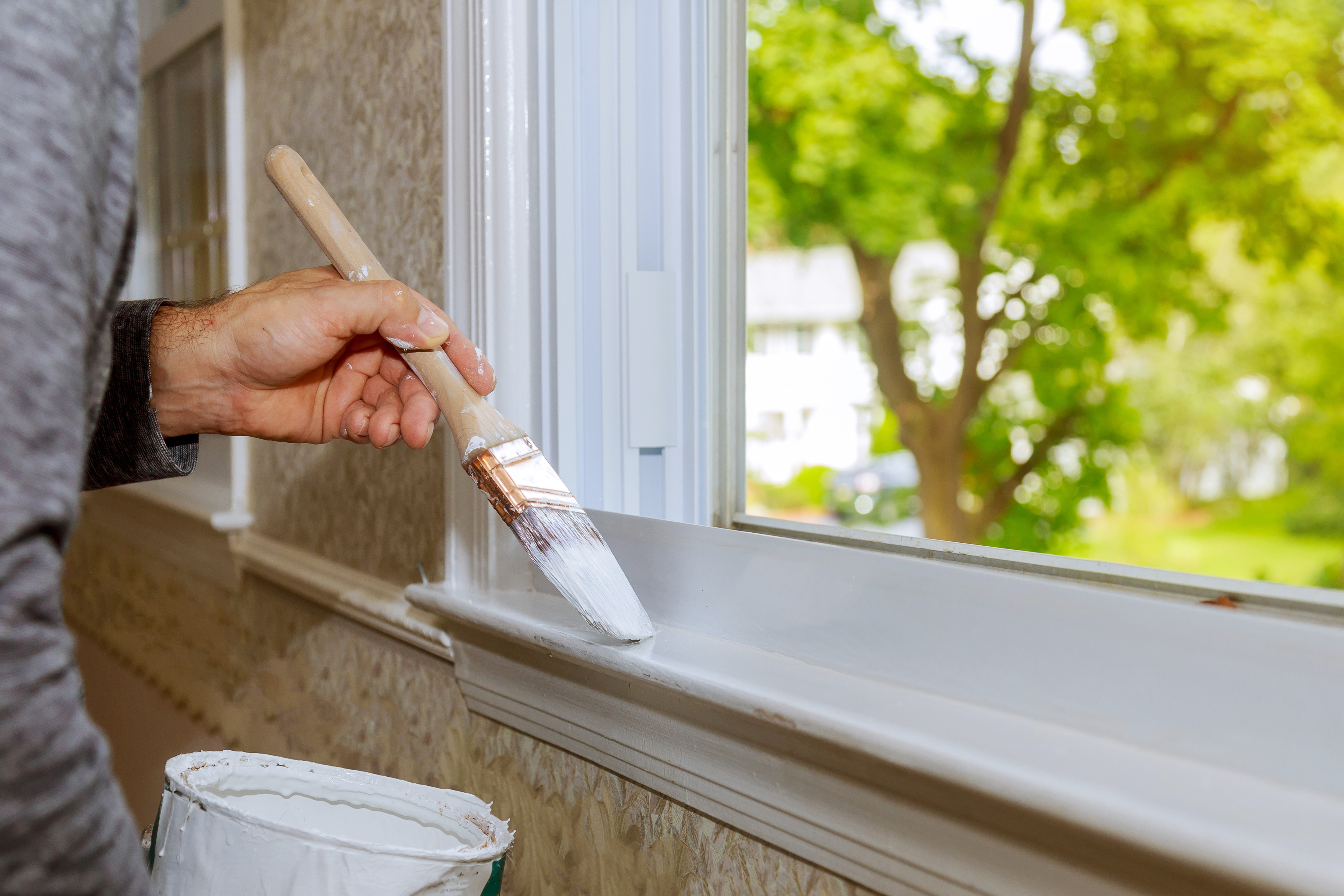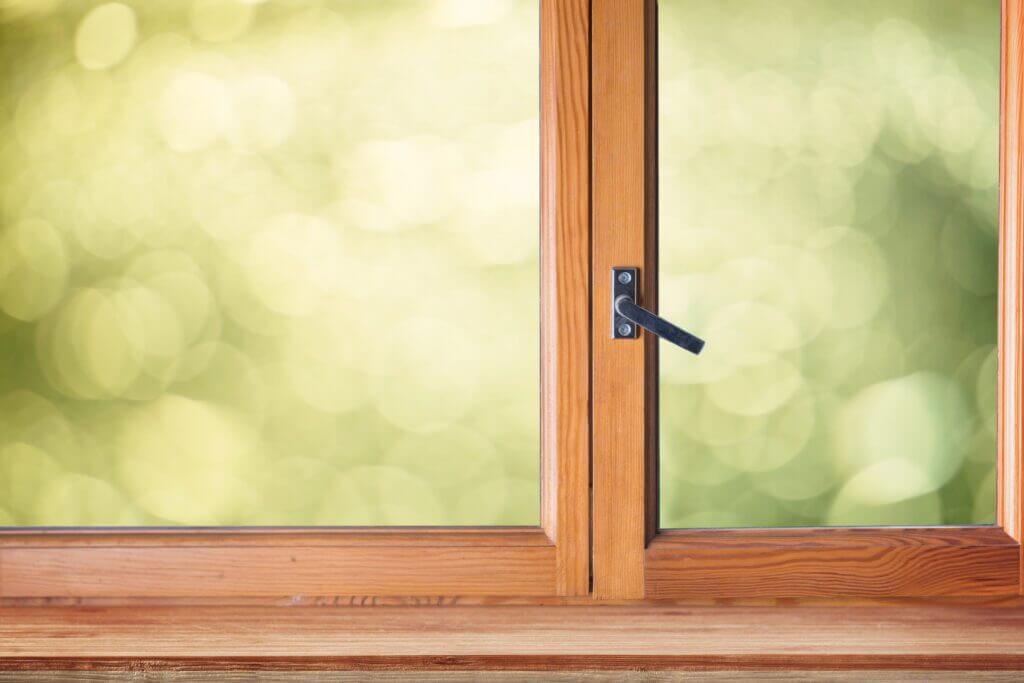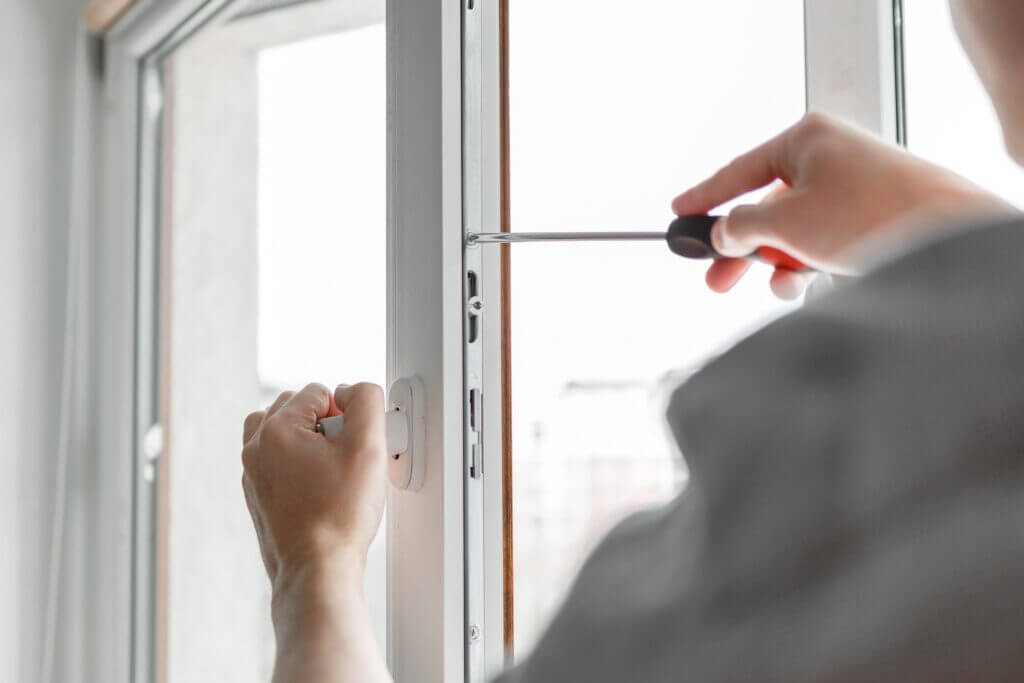That may be due to the Texas weather conditions peculiar to this element or simply because certain home elements are growing older. Knowing why your windows are sticking may be the first step towards fixing them.
This blog will bring to light some of the most common reasons your windows may be stuck and how you can troubleshoot them successfully and humanely.
Paint Windows Sealed

One of the more common “victims” of paint are the inoperable windows. In some cases, re-painting involves sealing the windows shut accidentally with layers of paint. This is particularly common in older homes, whereby so many paint jobs over time may be layered on top of one another, that the window is sealed firmer each time.
Wood Swelling from Humidity

The San Antonio humidity knows how to play all the different tricks on wooden window frames. Since wood is moisture-absorbent from the air, it makes them swell so that the windows could potentially be hard to open and shut correctly. This kind of problem most of the time is seasonal, and it will surely give us a hard time, especially during the wetter months.
Dirt and Debris Accumulate
Windows slide on tracks that can easily get clogged with dirt, sand, and general debris. Being in an area like San Antonio, where the wind brings in grit and dust, it can be blown into those tracks quicker than one might think.
Faulty or Aged Hardware:
Window hardware isn’t indestructible. The locks, latches, and rollers deteriorate over the years and may even give way in some very old houses. Correct maintenance elongates life, however, sooner or later, everything does come to an end.
Paint could be the suspected offending item; consider the following:
Using a putty knife or utility knife, gently go around the perimeter of the window, freeing it while trying not to damage the wood or paint any more than necessary. If the door can be opened, remove all old paint flakes and apply a bit of lubrication on the moving parts.
Fixing Wood That Has Pushed the Metal Screws for Window Frames Swollen Shut by Humidity:
1. A dehumidifier may be placed in the room to help keep the moisture level of the air reduced; this may help in reducing swelling.
2. If the swelling is too severe, sand down all high or swollen areas very carefully. Be sure to either repaint the wood or seal it in a way that it will protect the wood from moisture once again.
Dealing With Dirt and Debris Accumulate:
1. Using a vacuum cleaner that has a brush attachment, remove loose dirt particles and dust from the tracks.
2. Track surfaces can be cleaned with a damp cloth and mild cleaner if any further dirt needs to be removed.
3. Apply silicone-based lubricant to the track for free movement.
Replacing or Repairing Hardware

1. Identify which part is faulty. The most common issues that usually arise are broken locks, stuck rollers, or bent tracks.
2. Most of these are available at your local hardware store. A lot of them are easy to install, following manufacturer instructions, with just a few basic tools.
Preventive Measures and Regular Maintenance:
Without regular servicing, the windows could become problematic in the future. Clean and inspect all parts of your windows – tracks, frames, and hardware – twice a year. Also, take the time to lubricate moving parts seasonally. If you are living in an area where humidity can be a great issue, then use a dehumidifier during the wettest parts of the year to keep wood from swelling.
Every now and then, homeowners will need to have the ability to troubleshoot these common problems with their windows. While some of the issues can be resolved with a little do-it-yourself work, never be afraid to call a professional if the issue looks like it’s over your head. These tips and tricks can ensure the maintenance and repairs of your windows are taken care of, hence ensuring years of smooth operation so that at any time, opening the windows to take in a bit of the Texas breeze can be possible.
